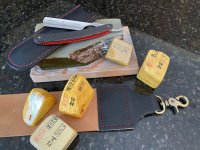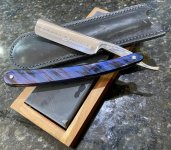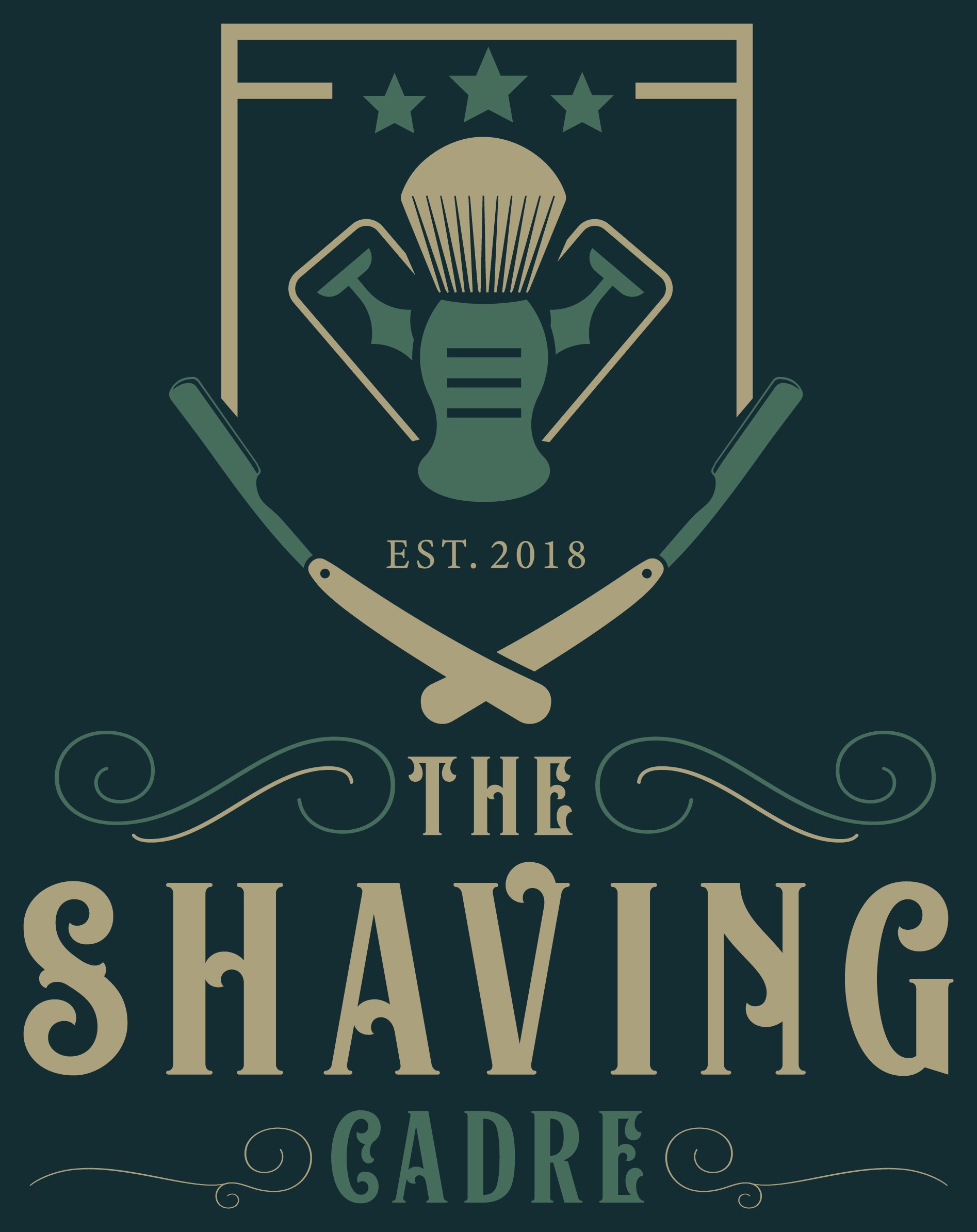Hello Cadre:
As 2021 started I was alternating between my straight and DE razors while trying to figure out how to hone a straight razor. There are an overwhelming number of options for honing a straight razors, synthetics, Arkansas stones, Coticules, Jnats and many more that I had never heard of before. I decided to pick one method and stick with until I figured it out, I went with Japanese naturals. I looked around and found a reasonably priced koppa. It was not long before I was getting edges sharp enough to shave with, but nothing very impressive. I had heard many wet shavers claim that a straight razor shave was superior to a DE, clearly they were not using any of my edges.
There were 2 major milestones for me in learning how to hone. The first was something called the “1K Challenge”, and the second was the Hanging Hair Test.
Somewhere I read about the 1K Challenge, basically the challenge is to set the bevel well enough to be able to shave with a 1K edge. It took me several attempts, but I finally was able to shave (1 full pass) with a 1K edge. It was not a comfortable shave by any stretch of the imagination, but I was cutting whiskers. After completing the 1K edge shave, I proceeded to shave after each step in my progression (1k, 3k, 6k, 8k, and jnat). This showed me firsthand that most (if not all) of the sharpness comes from the proper setting of the bevel and also what each step in the progression is adding to the refinement of the edge.
There are many different opinions about the hanging hair test, some swear by it, some sweat at it, and some call it a parlor trick. I was never able to get an edge that passed the HHT. I had been using various tests like grapes, tomatoes, and the old thumb nail test to check my edges. Then I saw Bill M’s video about using a packing peanut. I now keep a small box of packing peanuts with my honing gear, I use these when setting the bevel. Thanks again Bill, using these to check the edge is genius. I picked up a few naguras from “Johns Shave Shop” on Etsy and I started talking with John about honing. John was very generous with his time and knowledge. I had talked to several people about honing and John was the first one that did not give me “wishy washy”, ymmv, ambiguous information.
He listened patiently when I told him how I was honing and when I was done he simply said this: He said “Mike, if your edges are not passing the HHT, then you need to go back to your stones until they are passing the HHT”
I started to ask about different hair, and he told me that the hair does not matter as long as it is consistent. He recommended using hair from my wife’s hair brush as a consistent and plentiful source.
By using a consistent source of hair, the HHT is consistent for me. I can easily tell from the HHT how the edge is going to shave. The coticule.be web site defines six different levels of results from the HHT from HHT-0 to HHT-5. For me the actual level is not important, what is important is that I can tell the difference between the levels. Based on my experience I can tell by the HHT (using my wife’s hair) how that edge is going to shave my beard.
It has been about a year since John gave me this advice, and I have honed a limited number of razors of different grinds and steels types, but I find the HHT an invaluable tool for evaluating the edge and honing it to my preferences. This was a game changer for me and I will be forever grateful to John.
Here are the different HHT result level as defined on the Coitule.be web site for reference.
HHT-0 : Shave: The Hair can be shaved immediately at the holding point.
HHT-1: Violin: The hair doesn't cut, but it "plays violin" with the edge. This is due to the shingles catching the edge, but it's not sharp enough to penetrate. On a full hollow razor, a faint ringing sound can be heard.
HHT-2: Split: When the hair is dragged across the edge, the edge catches the hair and splits it lengthwise
HHT-3: Catch & Pop: When it is dragged across the edge a bit, the edge catches the hair and pops it, the severed part will jump away
HHT-4: Pop: The hair is popped immediately when it touches the edge. It still jumps away
HHT-5: Silent Slicer: The hair falls silently as soon as it touches the edge
This brings me up to date in my short wet shaving journey. I have learned just enough to know that there is a huge world of traditional shaving to explore and learn about. Thanks to all of you that have taken the time to read and comment on my posts. I am looking forward to learning and sharing with all of you.
Thanks again for the warm welcome to the Cadre.



